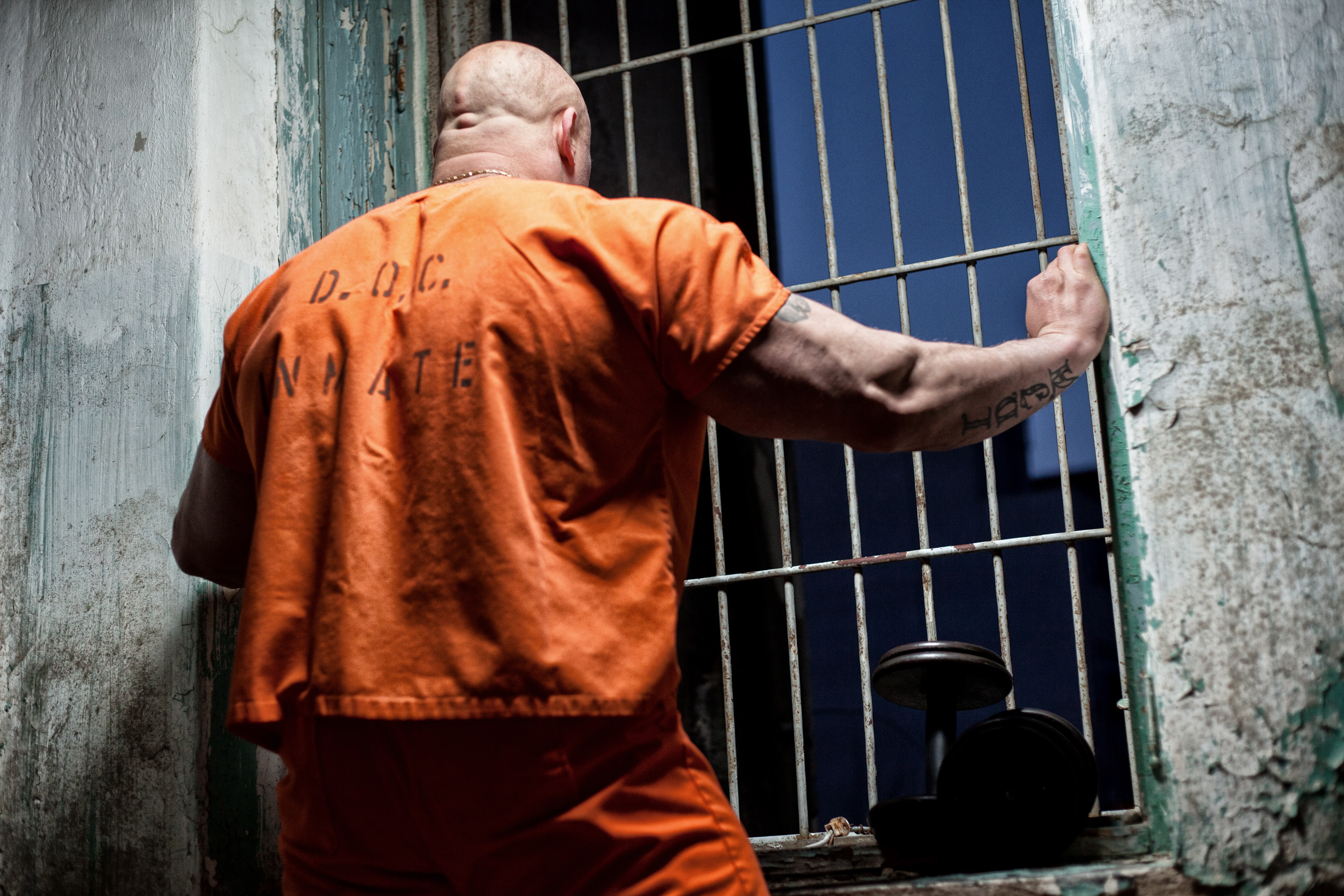April 3, 2020
by Tina Arnoldi

A new report by RAND showed that Los Angeles county could potentially divert up to two-thirds of their mentally ill inmates out of jails and into community-based treatment services. Diversion programs benefit individuals by giving them patient centered care while easing the burden on the jail system. But an increase in people with serious mental illness in the criminal justice system and the shortage of beds in outside mental health facilities make this a tough transition.
While experts agree that diversion sounds good, there aren’t enough resources to properly manage the recovery of mental ill inmates. Without case management, diversion from the criminal justice system could cause more harm. Candida Wiltshire, LCSW says “The rise of individuals with serious mental illness in the criminal justice system is a result of the elimination of psychiatric hospitals to a more community based system. However, many of these individuals lack the proper wraparound care to maintain in the community. This leads to medication non-compliance, misuse or loss of benefit funds and ultimately homelessness. To those living on the streets, having a safe place such as jail to go to is an attractive option in times of need.”
Even when diversion is a possible solution, the decision to divert is not that simple without a community working together to ensure there is no breakdown in care. Wiltshire points to Bergen County, NJ where the community created a “by name” list. She explains: “This means a mentally ill individual has the attention of the homeless shelter, the street outreach team, the housing authority, local police, local businesses, case management providers, and the local hospitals. With everyone addressing the person's needs and communicating together, that individual is surrounded with support within the community to increase stability and decrease recidivism.”
The involvement of the housing authority is key since the shortage of affordable housing is a barrier for some. To address this, law professor Nora V. Demleitner, said “We need to provide safe and affordable housing options for everyone, including the mentally ill so that they have stable living situations. We also need to overcome local resistance to treatment facilities and outpatient care and invest in such resources as part of healthier communities. Part of the investment should be insurance coverage for this population, including Medicare expansion with mental health coverage. With so much focus on addiction treatment, often the mentally ill population ends up being forgotten. Finally, we also need to decriminalize certain offenses that are a function of mental illness, often in combination with homelessness. After all a criminal record only further stigmatizes this population, labeling them 'criminal offender' rather than ill. Often that label precludes them from accessing services.”
Adi Dzebic, owner of Bail Bonds Network, believes limited expansion of the medical bonds system already in place can also help by permitting release of people from jail on medical grounds. Dzebic said, “A good lawyer can use this to make a case for release if someone has a mental illness. The challenge is that most jailed individuals are not aware of this option, or haven't been diagnosed with a mental illness yet although they may have one, or they simply don't have the financial resources to hire a lawyer to argue the case for them.
Dzebic realizes that it’s not appropriate for all offenders and it’s a challenge because “jail officials hear complaints from inmates about their medical conditions, but it often falls on deaf ears. Requests are turned down in most cases. This is especially true with mental illnesses, where misdiagnosis occurs, frequently due to jailed inmates not being aware of their own mental issues. They are labeled by the public as 'trouble makers,' and as a result, believe they are simply troubled individuals. The underlying mental illness issue is not even addressed to fix the root cause of the misconduct.”
Whether it’s keeping people out of the system altogether or getting them released earlier with proper case management, overcrowding and confinement of the mental ill population is a problem with no easy answer. What is clear is that we need more education on mental illness within the system and to work together as a community to make a difference.
Tina Arnoldi, MA is a marketing consultant and freelance writer in Charleston SC. Learn more about her and connect at TinaArnoldi.com